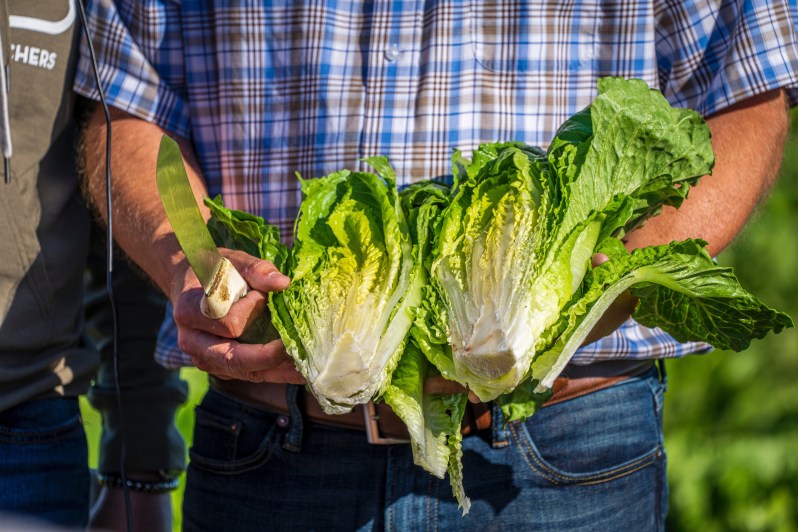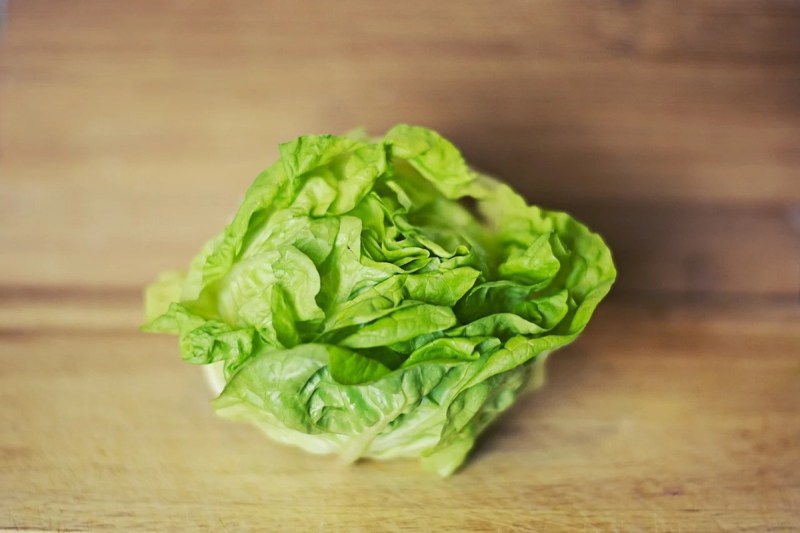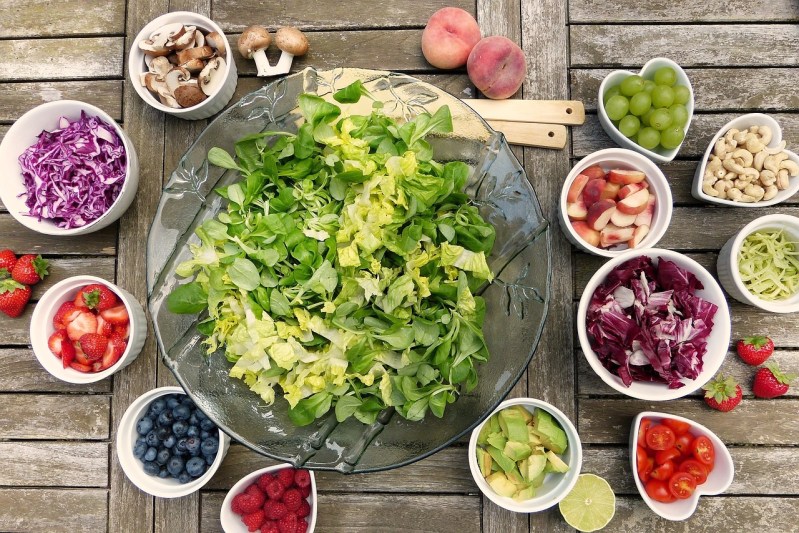
While standing in the grocery store, picking up some lettuce to make healthy salads sounds like a great idea. Many of us buy lettuce as part of our weekly grocery run, only to find it going bad faster than we’re able to use it. If you’ve ever found yourself tossing soggy or brown lettuce in the trash week after week, you know the disappointment of wasted grocery spending. With rising grocery costs along with inflation, finding new hacks to help cut down grocery spending is important — but so is ensuring that no food purchased with your hard-earned money goes to waste.
One way to help cut down on wasted food is to freeze foods you won’t consume before they go bad. Surprisingly, many people do not know that produce such as lettuce can be frozen. But how? Below, we’ll teach you how to keep lettuce fresh by freezing it — so you can skip that “throw it in the trash” disappointment.

Can you freeze lettuce?
While you’re standing in the produce section of the store selecting the type of lettuce to buy, consider purchasing specific types of lettuce that freeze better than others. Certain types of lettuce, such as iceberg lettuce, do not freeze well because they have a thinner leaf and a high water content. Not to mention, other types of darker lettuce are much higher in nutrients than iceberg lettuce. The best types of lettuce to freeze are ones with a thicker leaf such as romaine lettuce. On the other hand, soft lettuces like spring mix do not freeze well.

The caveat
Although the answer to “Can you freeze lettuce?” is yes, there is one caveat that is important to understand. When lettuce is frozen, regardless of the variety, ice crystals will form on the plant’s cells. As a result, this can leave lettuce that has been frozen and thawed too soggy and wet to make a delicious, crunchy salad. Frozen lettuce is safe to eat and use for a salad if you wish, but it might not have the texture you’re looking for.
While frozen lettuce isn’t the best for making salads, that doesn’t mean you have to rush to toss it just yet. There are many other great uses for frozen lettuce such as use in quiches, stews, soups, and other recipes. Whole romaine leaves that have been frozen are also great to be used as wraps as a low-carb substitute for bread, such as in egg salad lettuce wraps. Lettuce can also be used as a substitute for frozen spinach in various recipes.

Steps to prepare lettuce for freezing
Knowing how to store lettuce properly is important to ensure it stays fresh while in the freezer. Follow these simple steps to keep your lettuce airtight while frozen. In general, it is not recommended to leave lettuce frozen for more than six months. Remember, these steps are for lettuce that is still fresh at the time of freezing. Once lettuce has already gone bad, it should be tossed and cannot be frozen.
Wash the lettuce
Before freezing, lettuce should be thoroughly washed to remove pesticide residues, dirt, and any other potential debris. Individual leaves should be washed completely. During the washing process, you can also remove the base and cut the lettuce down into smaller pieces. However, lettuce tends to freeze better when left in its whole-leaf form.
Dry completely
Your lettuce must be completely dry before packaging for freezing. If drying by hand, use a clean towel to blot each leaf until all the excess water has been removed. Try to get as little water remaining on the leaf as possible. Using a salad spinner is a great way to save time during this step, as the spinning process ensures your lettuce is super dry.
Store in freezer bags
Keeping lettuce fresh in the freezer requires storing it in something where the air cannot touch the leaves. Using gallon freezer bags is a simple and inexpensive way to effectively freeze lettuce, but make sure you get as much of the air bubbles out before sealing the baggie. If you freeze produce regularly, investing in a food vacuum sealer can help to save you time and keep produce extra-fresh in the freezer as well.

Don’t let your lettuce go to waste
If you can’t go through lettuce fast enough, don’t let it spoil and watch your dollars get tossed away. Instead, consider freezing lettuce to use in recipes or to use as lettuce wraps for easy and healthy lunches. In 2024, we’re all about reducing waste and finding new ways to use the resources available to us.



